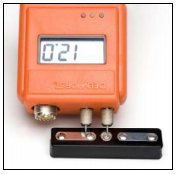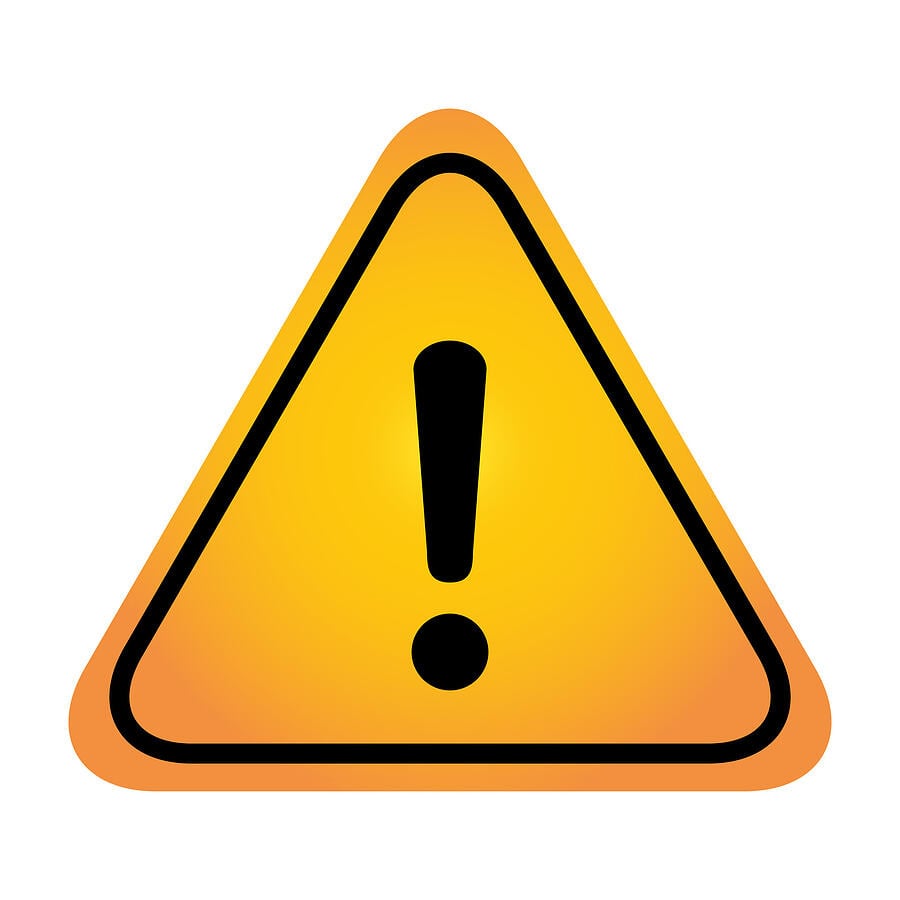5 Horrible Mistakes You’re Making with Moisture Meters

 Moisture meters are incredibly versatile tools for restoration companies, flooring installers, and many others who have to deal with moisture on the job. A well-made moisture meter can provide accurate readings of the moisture conditions deep in building materials such as wood… assuming you use them correctly.
Moisture meters are incredibly versatile tools for restoration companies, flooring installers, and many others who have to deal with moisture on the job. A well-made moisture meter can provide accurate readings of the moisture conditions deep in building materials such as wood… assuming you use them correctly.
As useful as these tools can be, it can be very easy to misuse them, reducing their accuracy and/or useful life. Are you making a horrible mistake with how you use your moisture meters? Check the list of common horrible mistakes below to find out:
1: Using the Wrong Type of Meter
There are a lot of different moisture meters on the market, and each one can serve a different need based on how they’re calibrated. For example, some moisture meters can be calibrated for measuring moisture in specific hardwoods, hay, soil, drywall, tobacco, grain, etc.
Using a moisture meter calibrated for a wood scale on drywall, or vice versa, will give you inaccurate readings. When using a moisture meter on different types of building materials, check to see if the meter can be set to the appropriate scale for each type of material, or if you can use a reference scale that can provide a general indication of moisture rather than a quantifiable one.
2: Not Using Insulated Probes
In many situations, you’re going to need a reading of moisture deep inside of building materials or through one material into anther, such as trying to measure wood sheathing behind stucco. However, many people try to get readings of moisture deep in wood or other materials using basic, uninsulated probes.
The problem here is that an uninsulated contact pin provides the wettest %MC of the material in contact with the entire length of the pin. So, moisture on the surface of the building material, such as in wet stucco, will interfere with your moisture reading when using pin-type meters since they use the principal of electrical resistance to measure moisture.
With insulated pins, you can avoid this issue, helping to ensure that only the moisture conditions near the tips of the pins are being measured.
3: Not Cleaning Contact Pins/Plates
When you’re busy and rushed for time, it’s easy to forget basic care and maintenance tasks for your tools such as cleaning. However, to ensure that you’re getting accurate readings, the contact pins and scanning plates need to be kept clean and undamaged. Contaminants on the pins or scanning plate of a meter can throw off the accuracy of readings.
To prevent this issue, it’s important to clean off the contact pins or scanning plates of your meter after you’re done using them for the day (or right away if they come into contact with corrosives). Your meter manufacturer should have advice for how to best clean pins and contact plates for your specific model of moisture meter.
If contact pins or scanning plates do get to be too damaged by contaminants, it will be necessary to replace them to maintain meter accuracy.
4: Not Putting the Meter in its Case
Even the most rugged moisture meters on the market can’t take constant exposure to corrosive chemicals, extreme temperatures, and other harsh environmental condistions. This is why it’s important to put your moisture meter back in its protective case when it’s not in use.
A proper case can protect the meter from exposure to the elements, and from the shock of a drop. This helps to keep your meter in top working condition between uses.
5: Not Checking Calibration
Over time, even the best-maintained moisture meters may start to lose accuracy. Whether it’s damage to the pins, low batteries, or internal damage from prolonged use, a meter can lose accuracy for a variety of reasons.
To avoid getting inaccurate readings, it’s important to check the calibration of your moisture meter on a regular basis. Typically, this can be done in one of three ways:
- Using a reference meter. Comparing the readings of two identical meters can be a fast & effective way to determine if one is off.
- Using a calibration standard. Pin-type meters can use a moisture content standard (MCS) to check accuracy, while pinless meters often come with a sensor block for the same purpose.
- Using built-in checks. Some of the higher-end moisture meters come with a built-in calibration check. This is often the quickest and easiest method, as it allows for a check with the push of a button.
Using any one of these calibration checks can help you spot a faulty meter quickly, before you end up trying to rely on it for on-the-job readings. Preferably, you may want to check each moisture meter at least once before starting any job.
Failing to check calibration can lead to bad readings, compromising the quality of your work.
These are just a few of the common mistakes that people tend to make when working with moisture meters. By avoiding these mistakes, you can get more accurate readings and a longer useful life out of your moisture meter investment.
Subscribe to Our Blog
Post Related

Should You Repair or Replace Your Moisture Meter?


